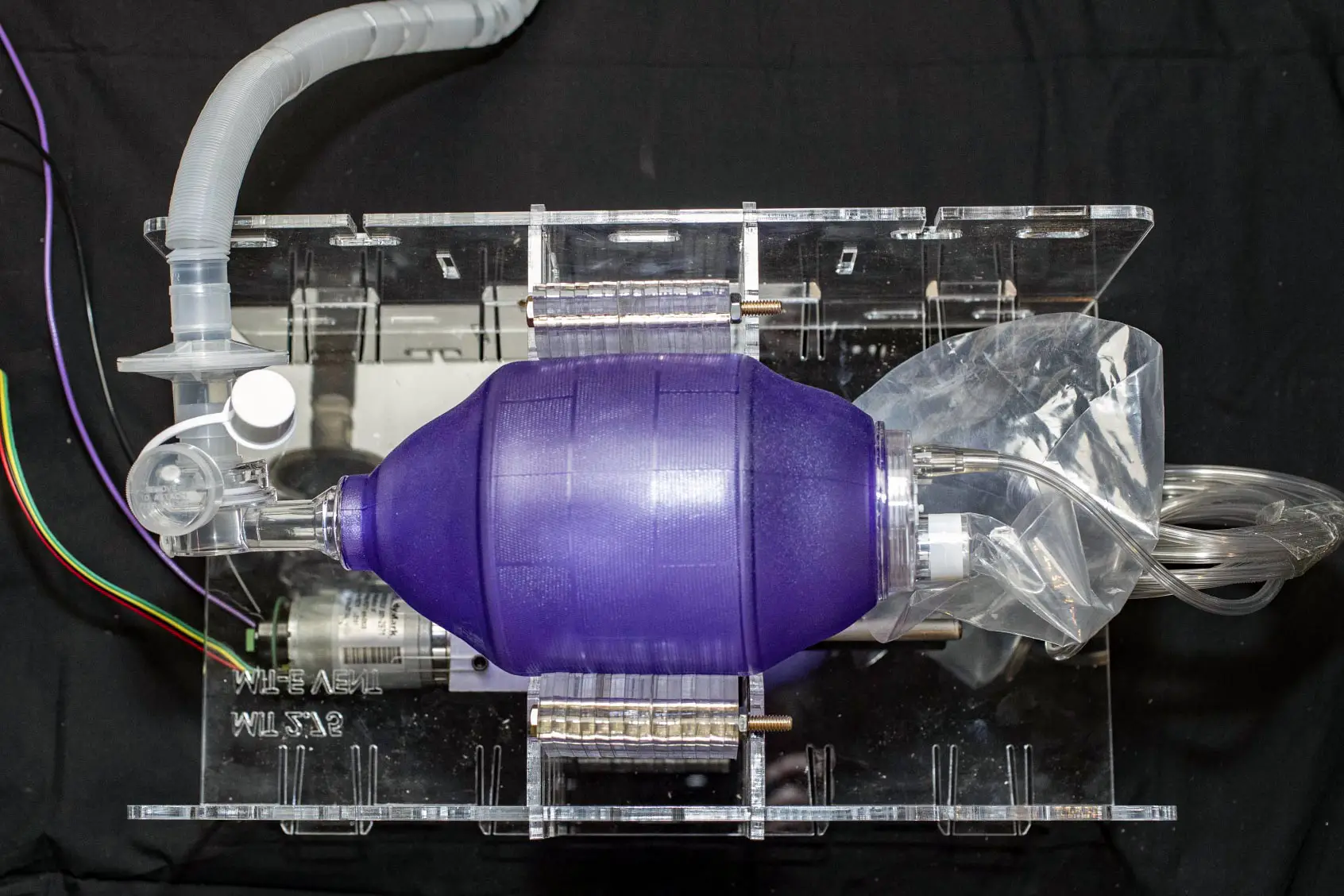Introduction:

In recent times, the unprecedented COVID-19 pandemic has put tremendous strain on healthcare systems worldwide, highlighting the critical need for life-saving medical equipment such as ventilators. To combat this shortage, the brilliant minds at the Massachusetts Institute of Technology (MIT) rose to the occasion by developing the MIT Emergency Ventilator. In this blog post, we will delve into the mechanical design of this groundbreaking device, ensuring compliance with the necessary specifications while showcasing its exceptional features and components.
Keywords: MIT Emergency Ventilator, mechanical design, specifications, groundbreaking device, exceptional features, components
1. Design Overview:
The MIT Emergency Ventilator boasts a mechanical design that meets the rigorous standards outlined in the Key Ventilation Specifications. In compliance with these specifications, the design incorporates a range of crucial mechanical parts that contribute to its efficiency, reliability, and ease of use.
Keywords: design overview, mechanical design, Key Ventilation Specifications, efficiency, reliability, ease of use
2. Essential Mechanical Components:
A) Ventilator Core Mechanism:
At the heart of the MIT Emergency Ventilator lies its core mechanism, responsible for delivering oxygen-rich airflow to patients. This pneumatic system is meticulously designed to provide precise control over air pressure, volume, and timing. The employment of advanced valves and regulators ensures the accurate delivery of breaths, thereby enabling optimal patient care.
Keywords: ventilator core mechanism, pneumatic system, oxygen-rich airflow, precise control, advanced valves, accurate delivery, optimal patient care
B) Intuitive Interface and Controls:
To facilitate seamless operation, the ventilator incorporates an intuitive interface and user-friendly controls. The control panel allows medical professionals to adjust parameters easily, monitor critical data, and respond swiftly to changes in patient conditions. This ergonomic design feature promotes efficiency and enhances patient safety.
Keywords: intuitive interface, user-friendly controls, control panel, adjust parameters, monitor critical data, respond swiftly, ergonomic design, efficiency, patient safety
C) Structural Components:
The robust and durable structural components of the MIT Emergency Ventilator ensure its resilience in demanding clinical environments. Designed with lightweight yet sturdy materials, such as high-grade aluminum and reinforced plastics, these components guarantee long-lasting performance without compromising on portability. Additionally, high-quality seals and gaskets prevent any air leakage, maintaining the optimal functionality of the device.
Keywords: structural components, robust and durable, resilience, demanding clinical environments, lightweight, sturdy materials, high-quality seals, gaskets, air leakage, optimal functionality, long-lasting performance, portability
3. Safety Features:
The mechanical design of the MIT Emergency Ventilator prioritizes patient safety through the integration of several key features. Dual pressure sensors continuously monitor inspiratory and expiratory pressures, triggering immediate alarms in case of deviations. Additionally, a backup battery system ensures uninterrupted operation during power outages or critical situations. The inclusion of fail-safe mechanisms and alarms provides medical professionals with peace of mind, allowing them to focus solely on patient care.
Keywords: safety features, patient safety, dual pressure sensors, immediate alarms, backup battery system, uninterrupted operation, fail-safe mechanisms, alarms, peace of mind, patient care
Conclusion:
In conclusion, the mechanical design of the MIT Emergency Ventilator showcases an impressive combination of sophisticated components, innovative engineering, and an unwavering commitment to saving lives. This groundbreaking device adheres strictly to the necessary specifications, ensuring efficient and reliable performance. Its exceptional features, ergonomic interface, and extensive safety measures demonstrate its effectiveness in critical healthcare scenarios. The MIT Emergency Ventilator is a testament to human ingenuity and underscores the importance of collaborative efforts in combating global crises.
Keywords: conclusion, MIT Emergency Ventilator, mechanical design, sophisticated components, innovative engineering, commitment to saving lives, groundbreaking device, efficient, reliable performance, exceptional features, ergonomic interface, extensive safety measures, human ingenuity, collaborative efforts, global crises
